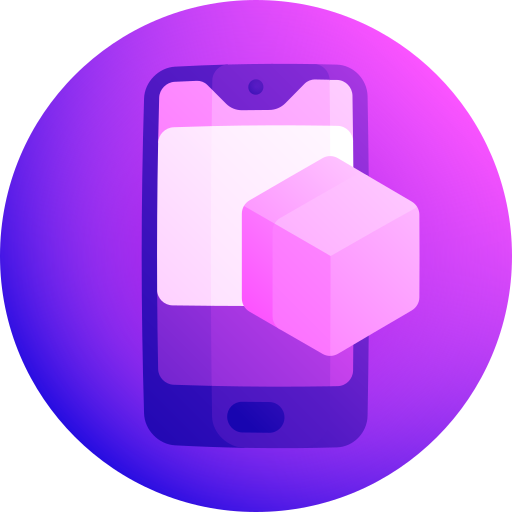The Ultimate Guide to App Development: From Idea to Launch

 App Development
App DevelopmentIn today’s digital world, mobile applications have become an essential tool for businesses and individuals alike. Whether it’s for improving productivity, social networking, or providing essential services, apps have revolutionized the way we interact with technology. In this blog, we will explore the app development process, key considerations, and best practices to help you create a successful mobile application.
Understanding App Development
App development refers to the process of designing, building, and maintaining software applications for mobile devices. These applications can be developed for various platforms, such as iOS, Android, or as cross-platform apps that work on both. The development process involves multiple stages, including ideation, design, coding, testing, and deployment.
Key Stages of App Development
1. Idea and Planning
Before diving into development, it is crucial to define your app’s purpose and target audience. Ask yourself the following questions:
- What problem does the app solve?
- Who is the target audience?
- What features will it have?
Creating a roadmap and defining key functionalities early on will streamline the development process.
2. Market Research
Analyzing competitors and understanding user preferences are crucial for building a successful app. Market research helps in identifying gaps and opportunities, allowing you to offer unique features that set your app apart.
3. UI/UX Design
A well-designed user interface (UI) and user experience (UX) are critical for user engagement. A clean and intuitive design ensures seamless navigation and enhances the user experience. Tools like Figma, Adobe XD, and Sketch can help in designing wireframes and prototypes before development.
4. Development
This stage involves actual coding and software development. Depending on your target platform, you can choose from different technologies:
- Native Development: Uses platform-specific languages like Swift (iOS) and Kotlin (Android) for optimized performance.
- Cross-Platform Development: Tools like React Native, Flutter, and Xamarin enable the creation of apps that run on both iOS and Android with a single codebase.
5. Testing and Quality Assurance
Testing ensures that the app is free from bugs and provides a smooth user experience. Types of testing include:
- Functional Testing: Ensures all features work as expected.
- Performance Testing: Tests the app’s speed, responsiveness, and stability.
- Security Testing: Identifies vulnerabilities and ensures data protection.
6. Deployment and Launch
Once testing is complete, the app is submitted to app stores (Google Play Store and Apple App Store) for review and approval. It is important to follow the guidelines and optimize your app listing for better visibility.
7. Maintenance and Updates
App development doesn’t end after launch. Regular updates, feature enhancements, and bug fixes are essential to keep users engaged and improve overall performance.
Best Practices for Successful App Development
- Focus on User Experience: A user-friendly interface and smooth navigation are key to app success.
- Optimize for Performance: Fast loading times and minimal crashes ensure better user retention.
- Prioritize Security: Implement encryption, authentication, and secure coding practices.
- Leverage Analytics: Monitor user behavior and gather feedback for continuous improvement.
- Regular Updates: Keep your app updated with new features and security patches.
Conclusion
App development is a dynamic and ever-evolving field that requires careful planning, execution, and maintenance. Whether you're developing a business app, gaming app, or a productivity tool, following a structured approach will ensure success. By focusing on user needs, optimizing performance, and staying updated with the latest trends, you can build a high-quality app that stands out in the competitive market. Are you planning to develop an app? Get in touch with us at MatchBest Software for expert app development solutions!